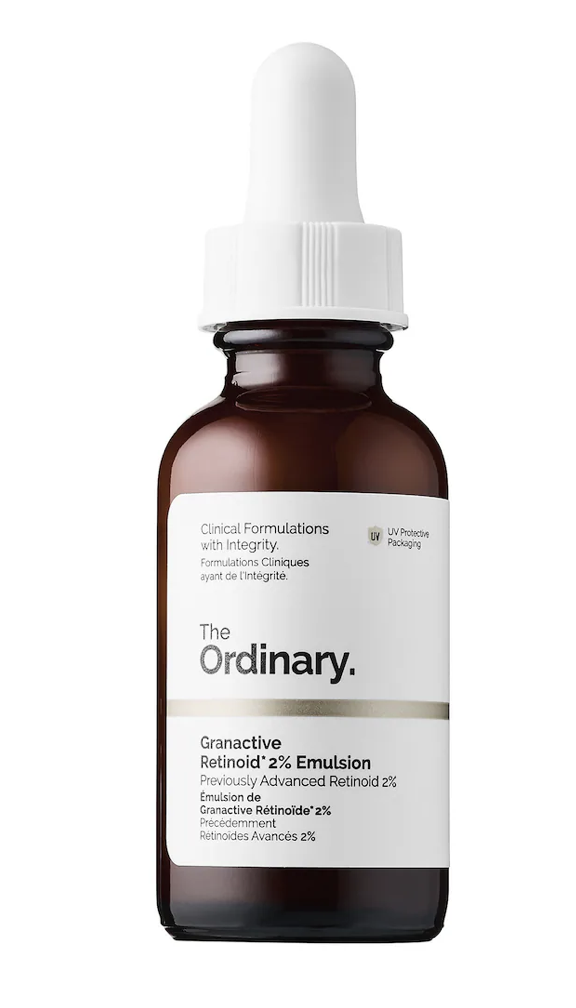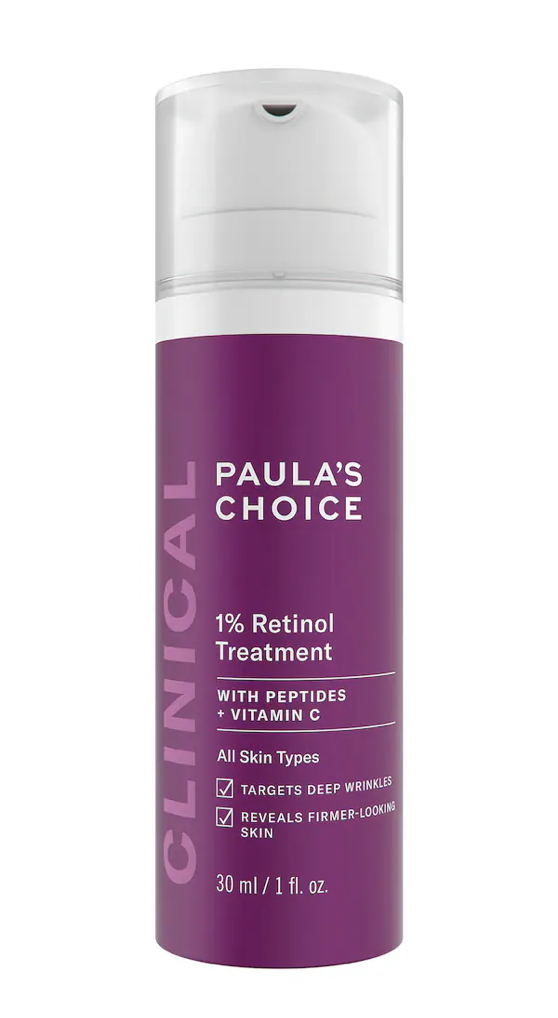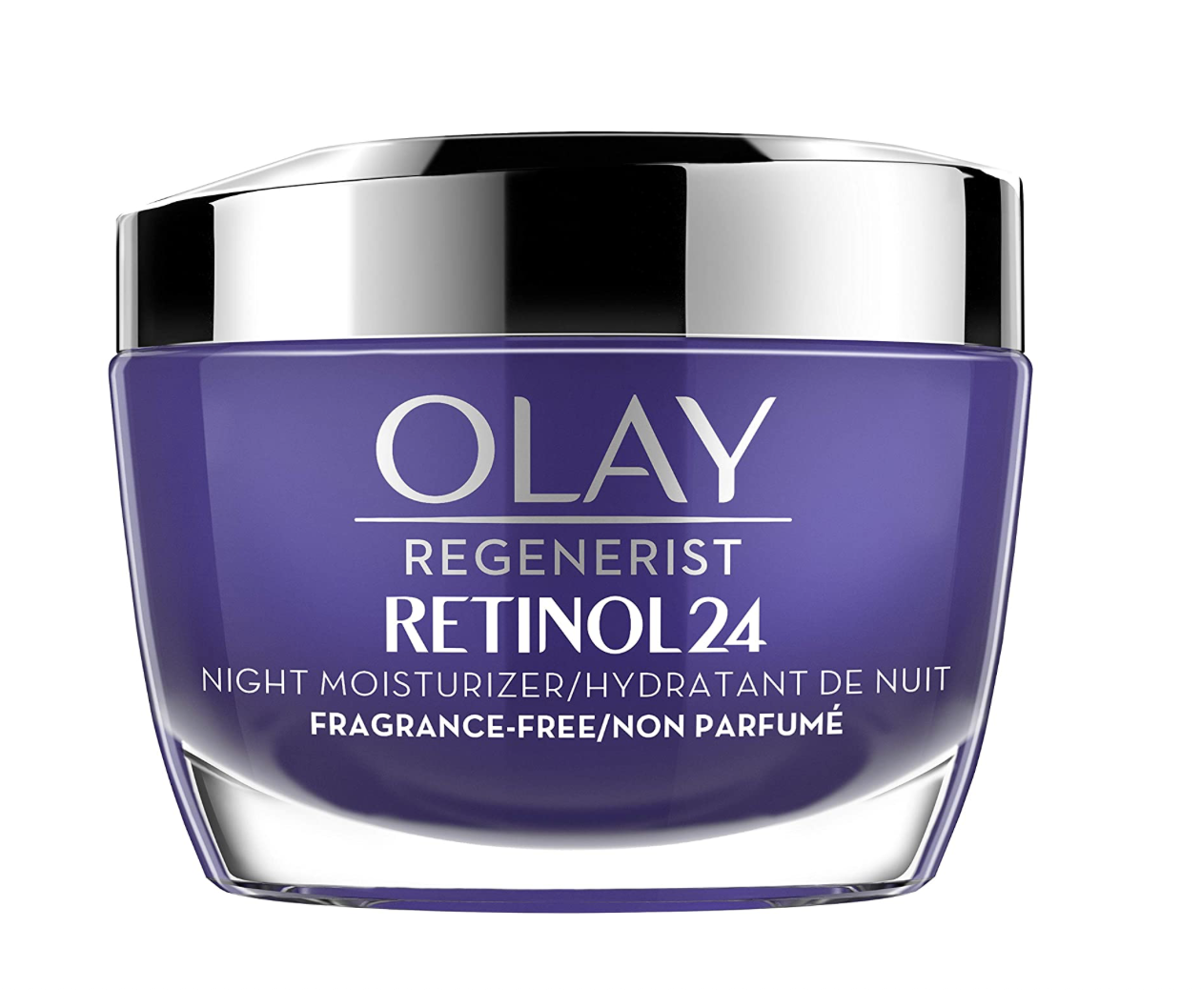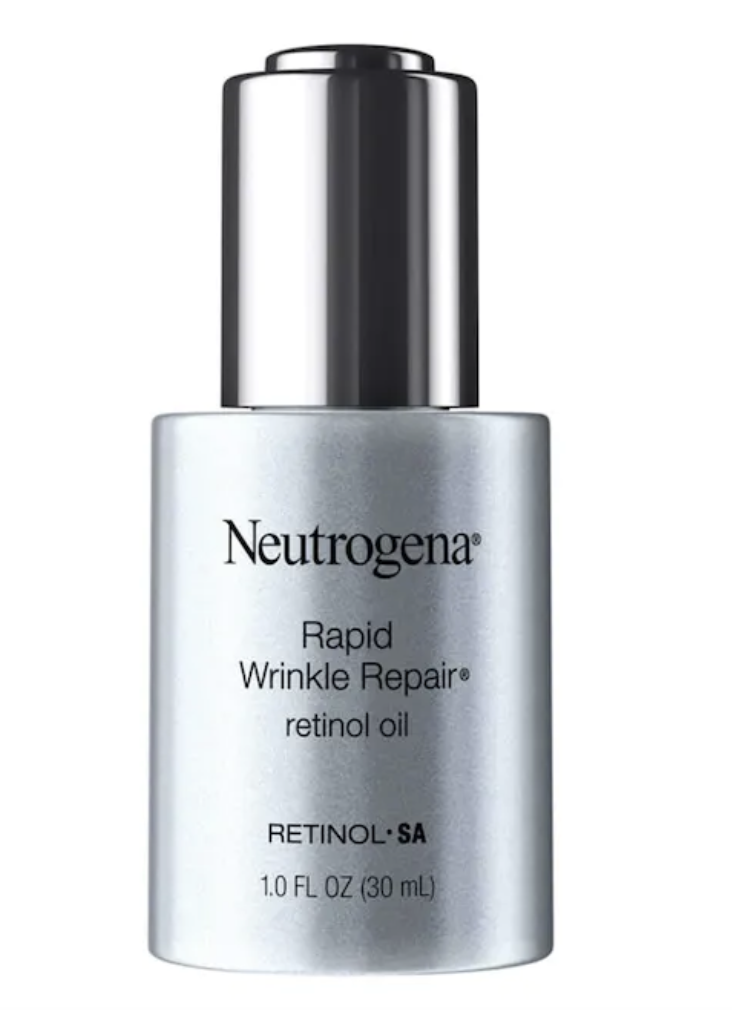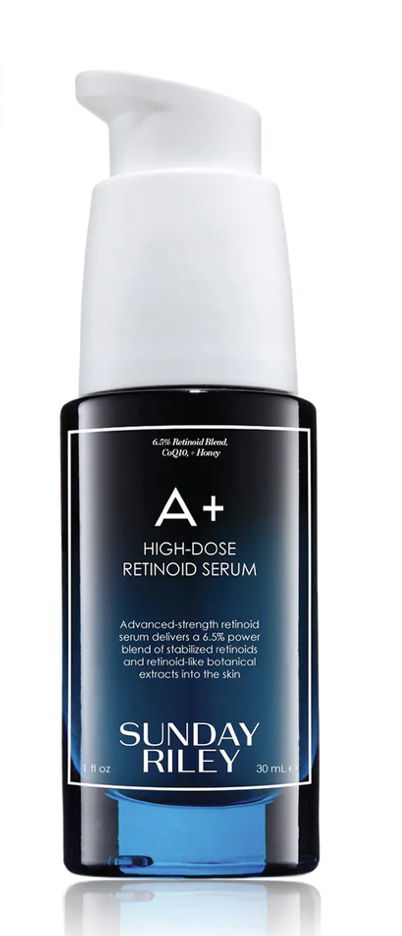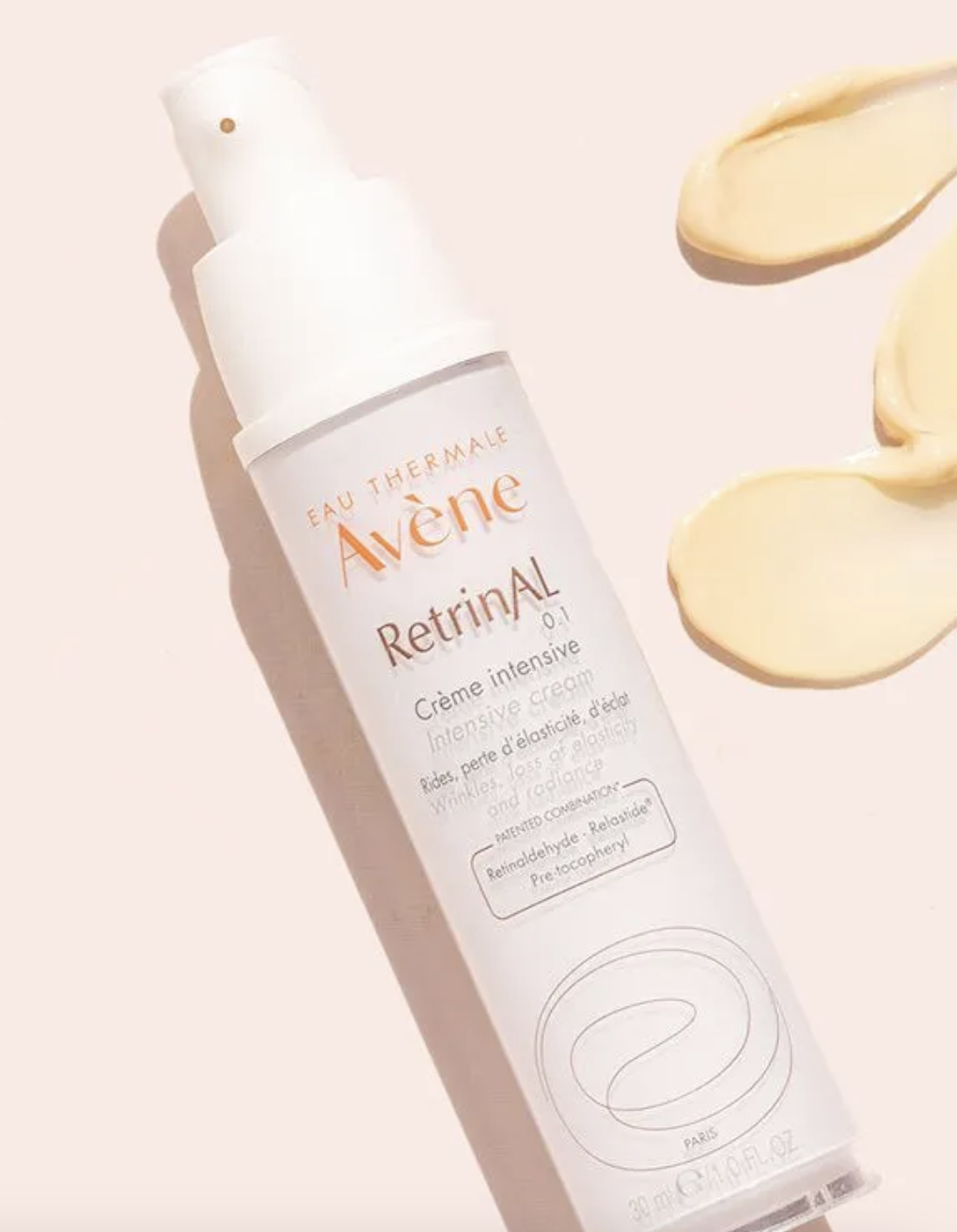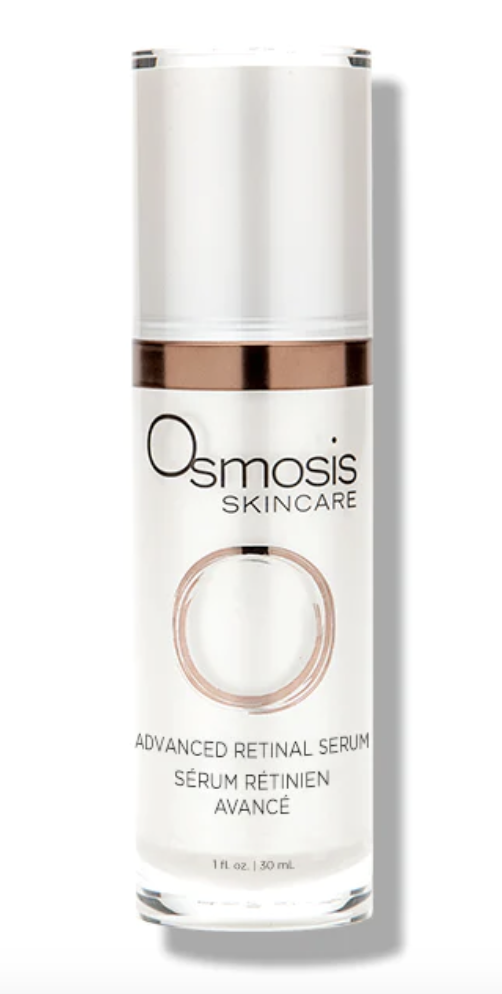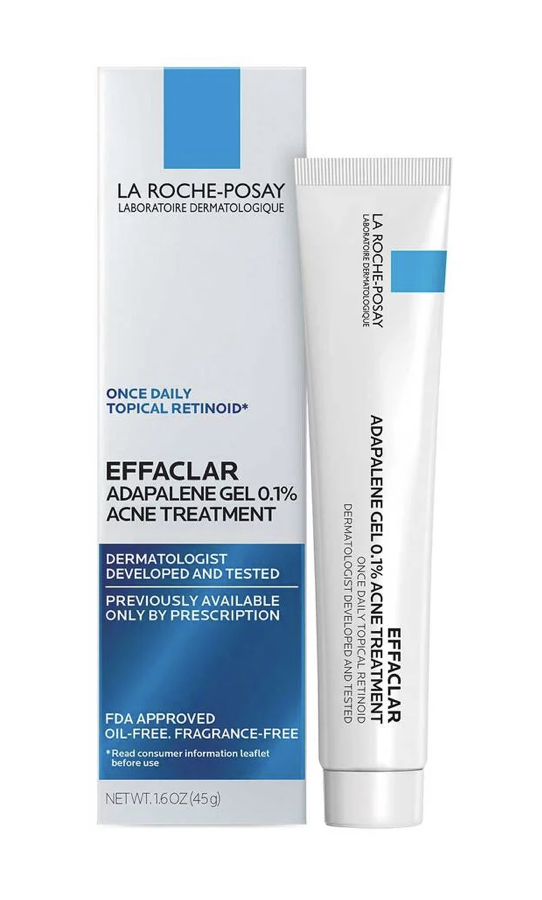The Do’s & Don’ts of Retinol
Retinol, the magical ingredient that promises youthful, glowing skin, has become a buzzword in the beauty industry. But what is it, exactly, and why should you care?
Retinol is a form of vitamin A that is used in skincare products to improve the appearance of fine lines, wrinkles, and uneven skin tone. It works by increasing cell turnover and stimulating collagen production, which can help reduce the signs of aging. That’s why it is considered a miracle skincare product!
But before you run out and slather your face with retinol, there are some things you should know about how to use it properly.
First off,
What are the different types of Retinol products on the market?
Retinol is a broad term for the derivative of Vitamin A that is used in skin care products. There are several different types of retinoids that are used in skincare products. Here are some of the most common types of retinoids and their differences:
Retinol: This is a vitamin A derivative that is converted into retinoic acid in the skin. It is a mild form of retinoid that is available over-the-counter (OTC) and is often used in anti-aging and skin rejuvenation products. Retinol is generally well-tolerated, but can cause irritation, redness, and flakiness, especially at higher concentrations. Here are some products that are very popular that use Retinol
Retinaldehyde: This is another vitamin A derivative that is converted into retinoic acid in the skin. It is slightly stronger than retinol but is still available OTC in some countries. Retinaldehyde is generally better tolerated than retinol and has been shown to be effective in improving skin texture and reducing the appearance of fine lines.
PCA Skin Retinol Treatment for Sensitive Skin: While this product is labeled as a retinol treatment, it actually contains 0.5% retinaldehyde in a special encapsulated form that is designed to minimize irritation and increase stability.
Adapalene: This is a synthetic retinoid that is available by prescription. It is commonly used to treat acne and is also effective in reducing fine lines and improving skin texture. Adapalene is generally well-tolerated, but can cause dryness and irritation, especially when first starting treatment.
Differin Gel: This is an OTC adapalene gel that is approved by the US Food and Drug Administration (FDA) for the treatment of acne.
Tretinoin: Retin-A, also known as tretinoin, is a prescription-strength retinoid that is considered one of the most powerful forms of topical vitamin A for the treatment of acne, fine lines, and other skin concerns. It is available in different strengths, ranging from 0.025% to 0.1%, and is typically used once a day in the evening.
While there are other prescription-strength retinoids on the market, such as adapalene and tazarotene, Retin-A is often considered the gold standard for treating acne and improving skin texture. However, Retin-A can cause significant irritation, dryness, and peeling, especially when first starting the treatment, and should only be used under the guidance of a dermatologist. It is an expensive product and generally ranges from $50 to $200 for a 20g tube.
Like anything, before incorporating any new product into your routine, it's always a good idea to do a patch test, especially if you have sensitive skin or are prone to allergies.
So, you’re ready to begin a Retinol routine! Here are the do’s & don’ts to follow when using this fabulous product.
DO start slow: Retinol can be a powerful ingredient, and if you're not careful, it can cause irritation and redness. Start by using a small amount once or twice a week, and gradually increase the frequency as your skin becomes more accustomed to it.
DON'T use it with other exfoliating products: Retinol is already exfoliating your skin, so using it with other exfoliants like scrubs or acids can cause irritation and sensitivity.
DO use it at night: Retinol can make your skin more sensitive to sunlight, so it's best to use it at night and wear sunscreen during the day.
DON'T use it if you're pregnant or breastfeeding: Retinol can be harmful to developing fetuses and should be avoided during pregnancy and breastfeeding.
DO moisturize: Retinol can be drying, so it's important to use a moisturizer to keep your skin hydrated and healthy.
DON'T forget to be patient: Retinol takes time to work, so don't expect overnight results. It can take up to 12 weeks to see significant improvements in your skin's texture and tone.
So there you have it - the do's and don'ts of using retinol. With a little patience and proper use, retinol can be a game-changer in your skincare routine. Just remember to start slow, moisturize, and always wear sunscreen!
Products mentioned in this post




